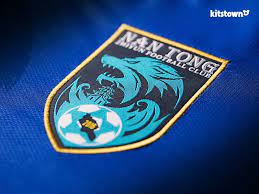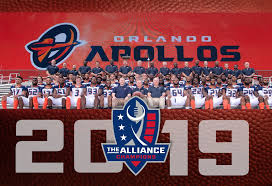
West Ham United FC
The 1923 FA Cup Final, famously known as the “White Horse Final,” attracted widespread attention, showcasing the club on a national stage. The match against Bolton Wanderers saw an estimated 300,000 spectators descend upon Wembley Stadium, highlighting the growing popularity of football in the country. West Ham’s success during this period served as a catalyst for its future aspirations, laying the foundation for subsequent accomplishments Bong88.
The Golden Era of West Ham United FC
The mid-20th century marked a golden era for West Ham United FC, characterized by significant achievements on the field and a blossoming reputation as a formidable force in English football. Under the guidance of visionary managers and talented players, the club reached remarkable heights, leaving an indelible mark on the sport.
The Legendary Players of the 1960s
One cannot discuss the golden era of West Ham United FC without mentioning the legendary players who donned the claret and blue jersey during the 1960s. Notable figures like Bobby Moore, Geoff Hurst, and Martin Peters emerged as icons of the club, each contributing to its rich legacy.
Bobby Moore, often regarded as one of the greatest defenders in the history of football, captained both West Ham and the England national team. His leadership qualities and tactical awareness set him apart, making him a pivotal figure in West Ham’s successes during this period. Moore’s international exploits culminated in England’s triumph at the 1966 World Cup, where he lifted the trophy as captain, further enhancing his status as a football legend.
Geoff Hurst’s contributions were equally monumental. He is best remembered for scoring a hat-trick in the 1966 World Cup Final, a feat that remains unmatched to this day. Hurst’s striking prowess and ability to find the back of the net were vital for West Ham’s attacking play, helping the team secure several key victories throughout the decade.
FA Cup Glory and European Adventures
The apex of West Ham United FC‘s golden era came in 1964 when they lifted the FA Cup for the second time in their history. The final saw them face off against Preston North End, and the team’s performance showcased their skill and determination. The victory ignited celebrations across East London, embedding the club deeper into the fabric of the community.
In addition to domestic success, West Ham’s foray into Europe yielded impressive results. Their participation in the European Cup Winners’ Cup culminated in a memorable victory in 1965, marking the club’s first European trophy. The final against TSV 1860 Munich showcased West Ham’s talent on an international stage, further elevating the club’s profile and attracting attention from football fans worldwide.
Transition and Trials in the 1970s and 1980s
Despite the glory days of the 1960s, the following decades presented challenges for West Ham United FC. The club experienced fluctuations in form and performance, leading to managerial changes and player departures. However, the loyalty of the fanbase remained unwavering, showcasing the deep-rooted connection between the club and its supporters.
The 1970s witnessed a blend of ups and downs, with West Ham struggling to replicate the successes of the previous decade. Nevertheless, the club continued to nurture young talent and build a competitive squad capable of challenging for silverware. The emergence of players like Frank Lampard and Trevor Brooking offered glimpses of hope amidst adversity.



